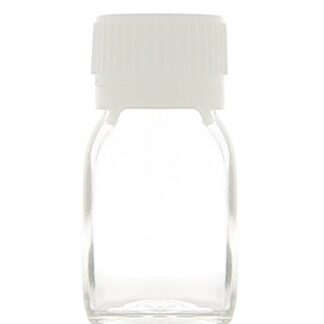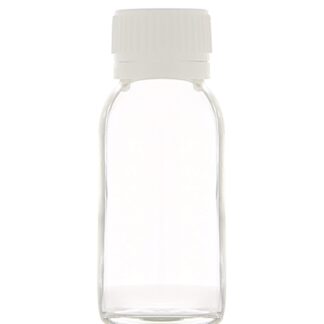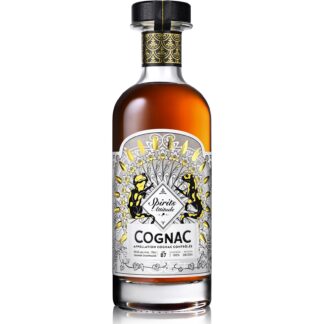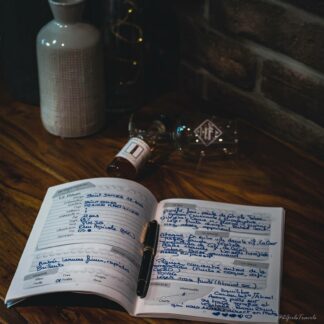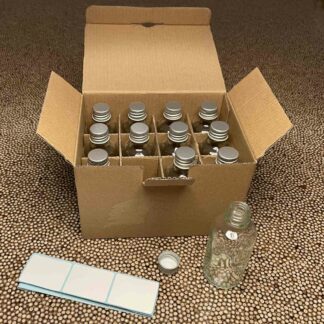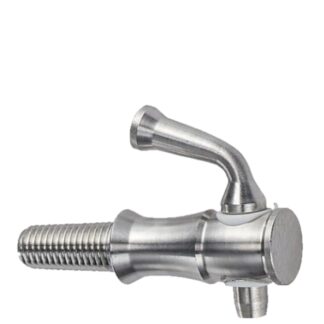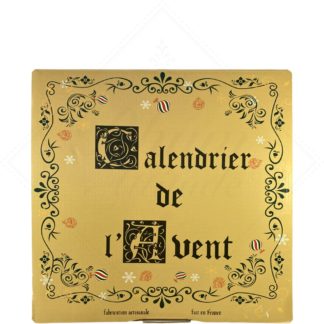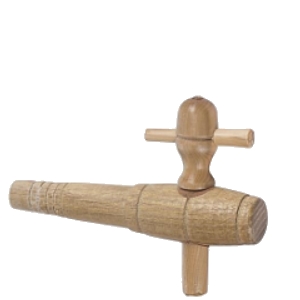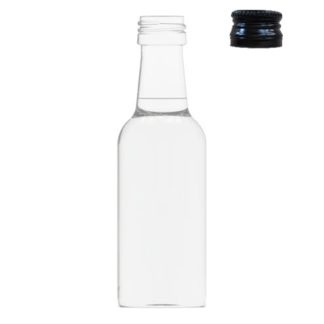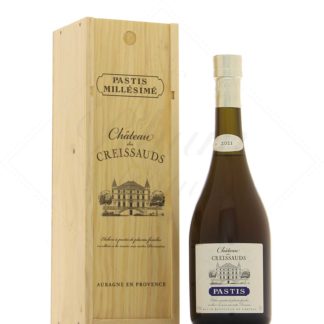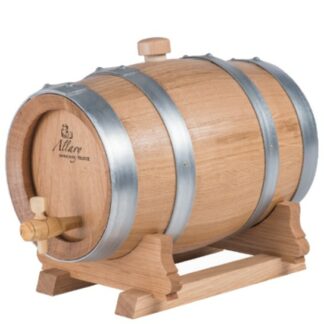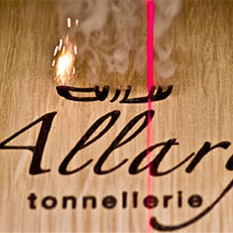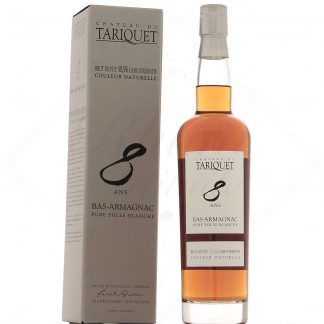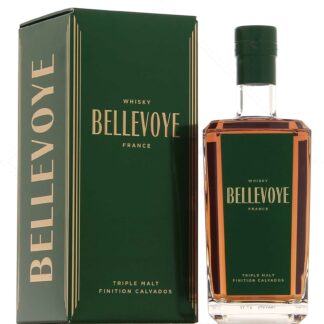Mainland France
The history of rums in mainland France
The early 19th century saw the lifting of prohibitive customs duties designed to protect metropolitan spirits such as cognac andarmagnac. Rum gained popularity with Napoleonic troops, then French vineyards were devastated by phylloxera. What followed was a golden age for merchants, who created a number of rum brands from the ports of Bordeaux, Le Havre and Marseille between 1850 and 1950.
No distillation was carried out in mainland France at the time, and all rums on the market were blends of rums from Martinique, Guadeloupe, Réunion and sometimes Jamaica. White rums were transported by boat in French wine casks that had been emptied in the colonies. Once in France, the rums were diluted, colored and flavored, sometimes very strongly (caramel, leather, even meat...). The blends were made up of rhum grand arôme, rhum agricole or rhum de mélasse.
These brands include Saint James, which was created in Marseille by a certain Mr Lambert (who went on to own the distillery of the same name in Martinique), as well as Negrita (Bardinet) and Charleston (Marie Brizard).
Rums in mainland France today
A few heirs to the golden age of négociants are still with us today, and hold a very important place in the market. The new generation born of the new rum boom of the 2010s is also enjoying a degree of success, sometimes even surpassing its elders in international recognition.
For example, La Compagnie des Indes, based in the Jura region of France, produces well-crafted blends such as West Indies and Caraïbes. It reworks its rums in France, refining them in a variety of casks, as in the Boulets de Canon series, which explores smoky aromas and includes finishes in whisky casks.
Plantation does a similar job, re-pasteurizing rums from around the world in barrels from Cognac Ferrand, its parent company, and adding a house "sauce" made from aged cane sugar syrup. Various blends and finishes are also carried out, such as the OFTD overproof or this Belize rum matured in Port casks.
Another Cognac-area house, Les Bienheureux. This former Havana Club executive and his partner create blends of South American and Caribbean rums for the mixology world, which they know well. This is how the Embargo range was born, and how the Pasador de Oro range was created, rums from Guatemala reworked in Cognac casks.
As for Guillaume Ferroni, he's right at home in the Marseillaise tradition. He reworks his white rums in Dame Jeanne, double-maturates with French Rye barrels(Cuba 2011) and blends several origins(Rosé rhum blend, Tasty Overproof), sometimes with original flavors(Rhum miel et safran).
He's also behind the revival of trading brands from the past, with Manikou and Old Manada. He even pushes the envelope by distilling or redistilling rums in his Aubagne home, resulting in genuine rums from mainland France. Examples include Guildive 1800 and Ciseaux.
In the tradition of the great transatlantic voyages, Transat rums take Martinique' s rums on a voyage by boat, to give them the benefit of a second maturation in Côte de Beaune (Burgundy) casks .
Other rum and spirits enthusiasts, the Julhès brothers, who run the grocery stores of the same name, have set up the first distillery in Paris since the last one closed 100 years ago. Since 2015, they've been making a wide range of spirits and eaux-de-vie here, including, of course, genuine French rums made from molasses or Galabé de la Réunion.
The boom in micro-brasseries, which later became micro-distilleries, has also brought its share of new rums from mainland France. O'Baptiste in Valence, Bows in Montauban and Muse de France in Vichy all make rums from organic molasses imported from Thailand.
There's another category of rums made in mainland France, and not the least because it's undoubtedly the most represented and active today: arranged and spiced rums.
The pioneer of rhum arrangés, or at least the most successful, can be found in the Nantes region. It's Cédric Brément and his Ti arrangés de Ced. The rhum arrangé ananas Victoria has become a classic, and the dozens of other macerations that have followed have all been successful. Our favorites include vanilla macadamia, berligou cacao and the famous Point G, matured in salt marshes.
The long-established Bigallet company, which has been producing syrups and liqueurs in Lyon since 1872, also offers an extensive range of rhums arrangés made with AOC Martinique agricultural rum.
Last but not least, a very successful spiced rum. Based on ginger, Spytail is made in Cognac according to a 19th-century recipe. Read less
-
-
-
-
-
-
-
Advent calendar of blended rums - L'Arrangé des Alchimistes 2023
- Mainland France
- 24.5° - 102
1 notice -
-
-
-
-
Bellevoye Vert Whisky de France Triple Malt Calvados Finish 43° (43° proof)
- Mainland France
- 43 ° - 70 cl
1 notice
